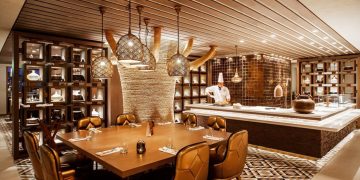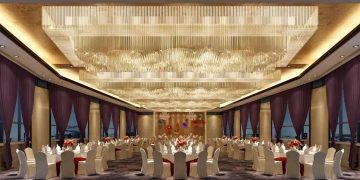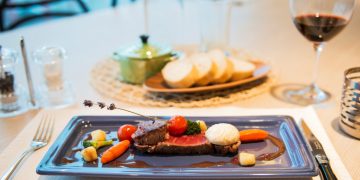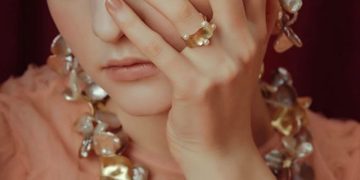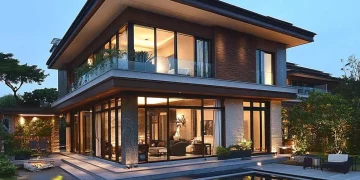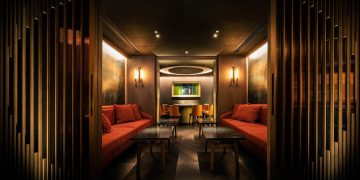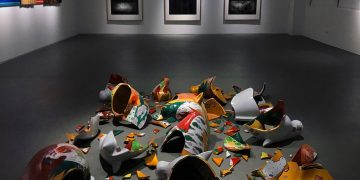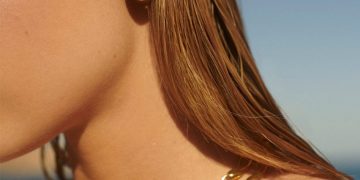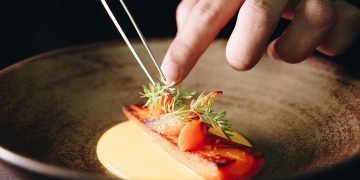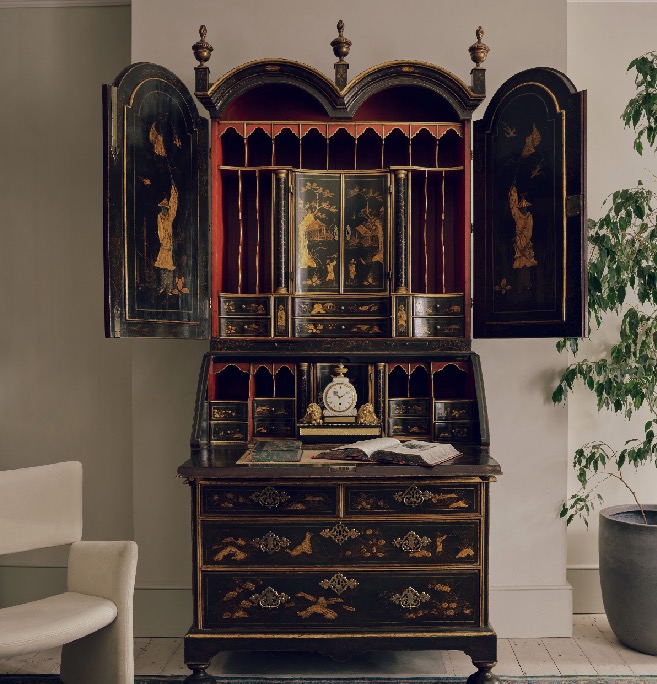Lacquered objects and screens were first imported into Europe from Asia in the late sixteenth century. The Portuguese were the first to begin this trade, and so it was not until the seventeenth century with the foundation of the East India Company that these lacquer pieces were imported into Britain en masse. This created a demand for larger, more practical objects which shared the same highly colourful and decorative surfaces of their Eastern counterparts.
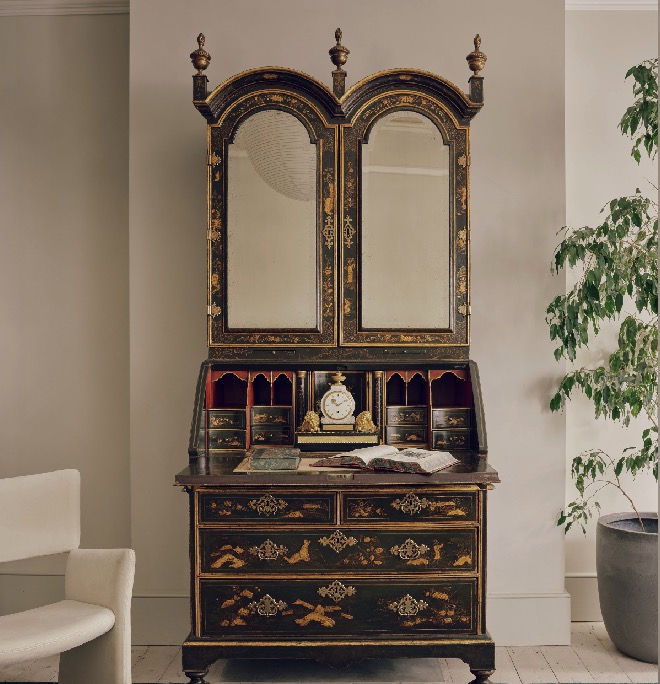
The imitation of Asian lacquer by European craftsman using Western materials and techniques became known as ‘japanning’. Lacquer required sap from the tree Rhus vernicifera, which is a tree found in Asia but not Europe; as such furniture makers and decorators had to get creative to produce the same effect.
To try and recreate the rich and highly finished effect of this work, European cabinet makers turned to John Stalker and George Parker’s 1688 Treatise of Japanning and Varnishing which soon became a key reference work. It contained not only recipes for producing the various different colours but also patterns of Chinese figures, plants and gardens which could be adapted as necessary.
European ‘japanning’ was popular until the end of the eighteenth century and was often used in bedroom apartments in the decoration of mirrors, stands and bureau-cabinets such as the present lot.
As a result of its extravagant decoration a piece such as this could be displayed either open, to reveal its sumptuous interior, or closed where its mirrored doors would give a sense of depth to the rest of the room. Whist ‘japanning’ was a popular form of decoration in the early 18th century, green japanned furniture is far rarer than the more documented examples in red or black.
Attributing cabinet makers of japanned bureau-cabinets of this quality is difficult as very few indeed were executed by known makers or recorded; Giles Grendey and John Belchier are the most well documented. Comparisons can be made with the red and gilt japanned bureau-cabinet at Erddig which has been attributed to John Belchier, as well as the Count Hamilton blue and gilt japanned bureau-cabinet which was also attributed to Belchier.
Scroll down for a closer look at some of the exquisite details to be found in this highlight from The Contents of the Old Rectory, Chilton Foliat on 6 December.
Lot 117
A fine and rare George I dark green and gilt japanned bureau-cabinet
In the manner of John Belchier (1699-1753)
£30,000 – £50,000
The double-domed top with a moulded cornice is surmounted by three gilt urns with flambeaux finials.
A pair of panelled doors are fitted with arched bevelled mirror plates.
The base is fitted with two short and two long drawers on bun feet.
The interior is fitted with shelves, pigeonholes, small drawers and a central cupboard with a fitted interior. This is all placed above a pair of candle-slides and a fall enclosing a further fitted interior with pigeonholes, small drawers and a central cupboard and a sliding well.
This fine and rare japanned bureau-cabinet is coming up for sale as Lot 117 in The Contents of the Old Rectory, Chilton Foliat on 6 December. Browse the sale and register to bid now.









